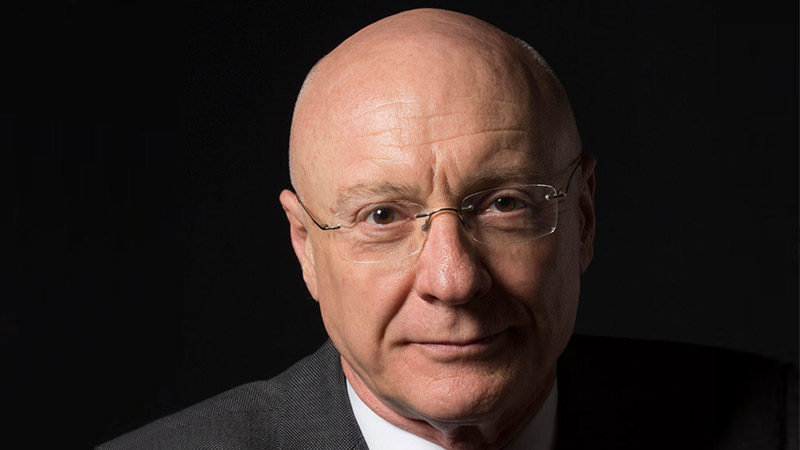Guidance on pension minimums missing key issue
While the ATO has provided guidance on death benefit pensions and minimum pension payments, one issue that remains unclear is what occurs where a member with a non-reversionary pension dies before sufficient pension payments are made, according to an industry law firm.
Earlier this month, the ATO provided guidance on what happens where there is an underpayment of a death benefit pension and what actions trustees should take.
The ATO clarified that while the underpayment of a death benefit pension is considered a breach of the compulsory cashing requirements, if the contravention is promptly rectified on a forward-looking basis, it will not give rise to any compliance action.
One of the ways this could be done is by immediately cashing the benefit in the form of a new retirement phase income stream as soon as they become aware of the breach, the ATO stated in its guidance.
It could also be achieved by cashing the benefit in the form of a lump sum, either as a single lump sum or as an interim and final lump sum, or rolling over the interest that supported the death benefit income stream pension to another complying super fund for immediate cashing as a new death benefit income stream.
However, one issue relating to minimum pension payments that is still unclear, according to Townsends Business and Corporate Lawyers, is what happens where a member in retirement phase dies before the minimum pension amount for that year is paid.
Townsends principal Peter Townsend gave an example of an SMSF member who has retired and taken out a non-reversionary income stream in the form of an account-based pension.
“Given his attained age and commencement balance, the minimum pension amount for the 2019–20 financial year is $20,000,” Mr Townsend said.
While he has no immediate need for the pension payments, he knows he must make one or more pension payments during the 2019–20 financial year, which total $20,000, Mr Townsend said.
He decides to take out the entire $20,000 in early May 2020, well before 30 June 2020. However, the member dies on 1 January 2020.
“Clearly, the minimum pension amount has not been paid and this cannot be rectified by paying the pension payments after his death,” Mr Townsend said.
“The question is whether the pension has breached the pension payments standards and, if so, has [member’s] superannuation interest lost its entitlement to the earnings tax exemption?”
Surprisingly, this issue has not been considered in the technical literature for SMSFs, he said.
“Our view is that there is no loss of the earnings entitlement and further that the entitlement to the earnings tax exemption will continue after their death until the death benefit is cashed,” he explained.
This death benefit would need to be cashed, either as a lump sum or the commencement of a death benefit pension, within a reasonable time of death, he noted.
“Immediately after [the member’s] death, the pension has ceased to satisfy the pension payments requirements. Further, no action can be taken after his death to rectify this position; in short, the pension has terminated,” Mr Townsend explained.
“However, for taxation purposes, the entitlement to the earnings tax exemption in respect of the superannuation interest, which until the member’s death, supported the now terminated pension, continues.”
The entitlement to the earnings tax exemption continues, he explained, because the superannuation interest was, immediately before the member’s death, supporting a superannuation income stream.
“Further, there was no breach of the pension payments standards immediately before the member’s death. Admittedly, in the circumstances of the example, there was a breach of the pension payment standards, immediately after the member’s death. But the entitlement to the continuation of the earnings tax exemption crystallised immediately before their death.”
If the pension was reversionary and the pension reverted to his wife, the minimum pension amount of $20,000 would need to be paid before 30 June 2020.
If the wife died before the member, and the pension terms had not been changed, then while the pension was still reversionary, the pension would not revert as the nominated beneficiary had predeceased, and in the absence of a second reversionary beneficiary, the position would be as if the pension was non-reversionary, he added.

Miranda Brownlee
Miranda Brownlee is the deputy editor of SMSF Adviser, which is the leading source of news, strategy and educational content for professionals working in the SMSF sector.
Since joining the team in 2014, Miranda has been responsible for breaking some of the biggest superannuation stories in Australia, and has reported extensively on technical strategy and legislative updates.
Miranda also has broad business and financial services reporting experience, having written for titles including Investor Daily, ifa and Accountants Daily.








